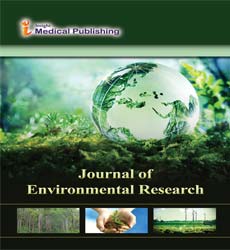Understanding light pollution: Recent advances in health threats and regulations
Abstract
The prevalence of artificial lights not only improves the lighting conditions for modern society, but also poses kinds of health threats to human health. Although there are regulations and standards concerning light pollution, few of them are based on the potential contribution of improper lighting to diseases. Therefore, a better understanding of the health threats induced by light pollution may promote risk assessment and better regulation of artificial lights, thereby a healthy lighting environment. This review is based on a careful collection of the latest papers from 2018 to 2022 about the health threats of light pollution, both epidemiologically and experimentally. In addition to summing up the novel associations of light pollution with obesity, mental disorders, cancer, etc., we highlight the toxicological mechanism of light pollution via circadian disruption, since light pollution directly interferes with the natural light-dark cycles, and damages the circadian photoentrainment of organisms. And by reviewing the alternations of clock genes and disturbance of melatonin homeostasis induced by artificial lights, we aim to excavate the profound impacts of light pollution based on accumulating studies, thus providing perspectives for future research and guiding relevant regulations and standards. Light pollution is an emerging environmental issue that comes along with intensified urbanization and industrialization. The threats to human health from light pollution have increased dramatically in the past decades (Davies and Smyth, 2018), and it is estimated that today over 80% of the world's population has been impacted by the prevalence of light pollution in different forms (Falchi et al., 2016).
Open Access Journals
- Aquaculture & Veterinary Science
- Chemistry & Chemical Sciences
- Clinical Sciences
- Engineering
- General Science
- Genetics & Molecular Biology
- Health Care & Nursing
- Immunology & Microbiology
- Materials Science
- Mathematics & Physics
- Medical Sciences
- Neurology & Psychiatry
- Oncology & Cancer Science
- Pharmaceutical Sciences
